Novel inexpensive cobalt-nickel electrode for efficient water and urea electrolysis; yolk-shell nanoparticles
Green Car Congress
SEPTEMBER 11, 2021
Electrolytic hydrogen production powered by renewable energy is seen as an environmentally friendly means to ameliorate global climate and energy problems. Both half reactions of water electrolysis—hydrogen and oxygen evolution—are unfortunately slow and require a lot of power. Zhang, S.L., and Lou, X.W.

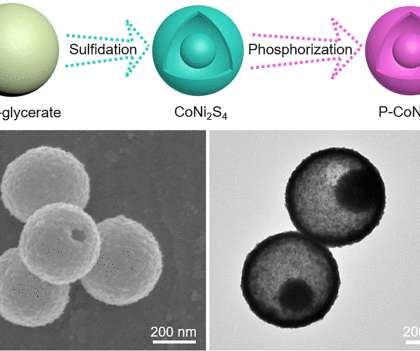


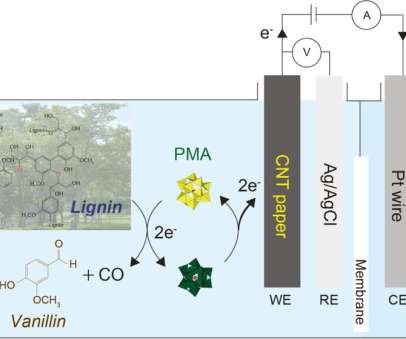
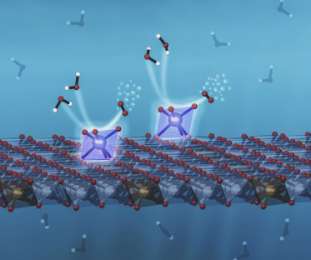










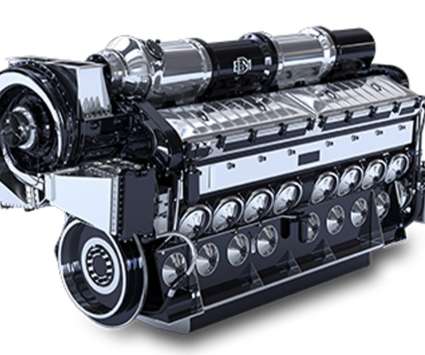
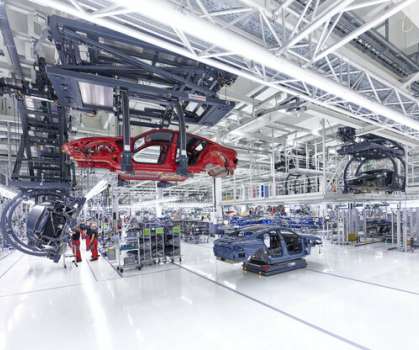

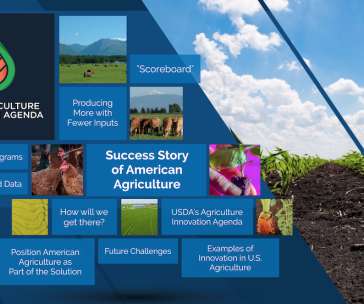


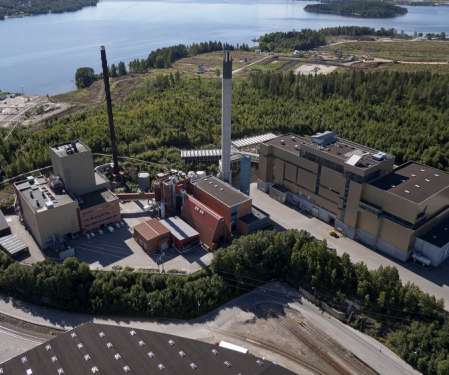

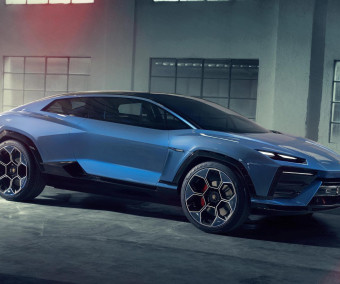





















Let's personalize your content